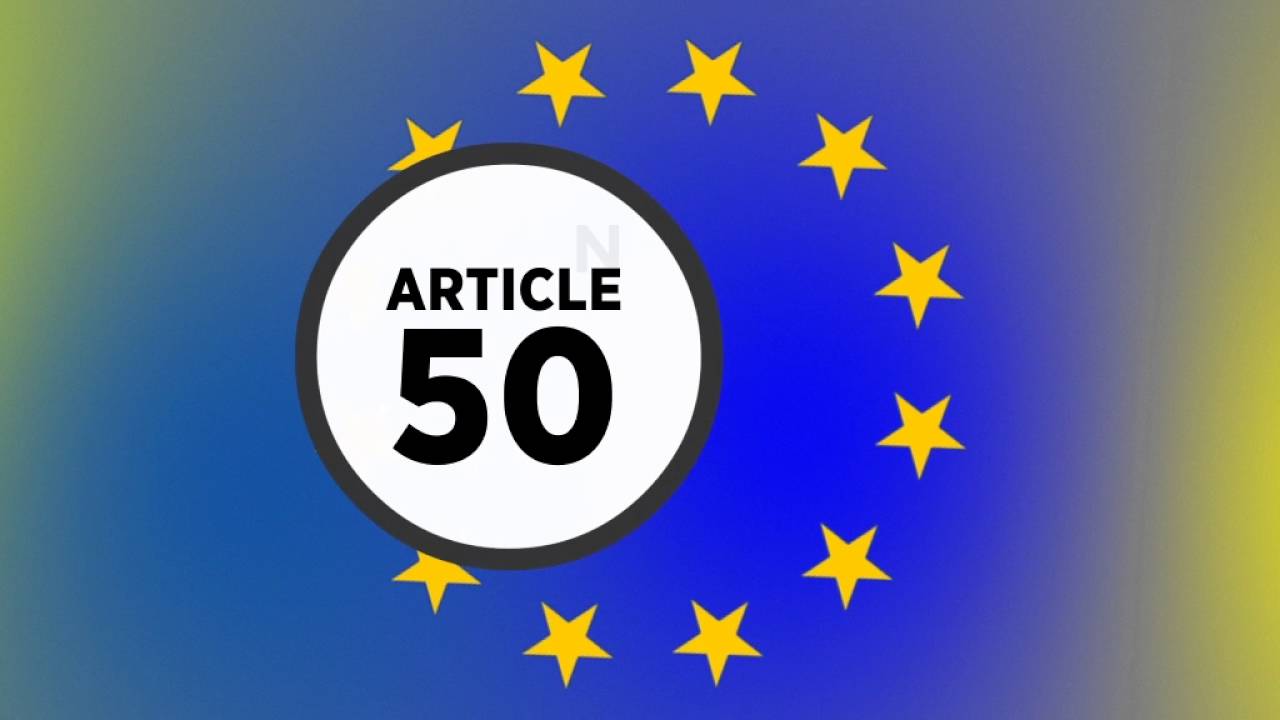The right of a Member State to withdraw from the European Union (EU) was introduced for the first time with the Lisbon Treaty. Britain’s negotiations to leave the EU can begin when Article 50 of the Treaty of Lisbon is formally triggered by the UK.
Theresa May at the Tory Party Conference informed that she would trigger Article 50 no later than the end of March 2017. That means Britain should officially leave the EU no later than April 2019. The process is supposed to take two years but many people believe that it could take longer.
The work begins when you formally notify the EU that you intend to withdraw from the Union, which triggers Article 50. After that, the Treaties that govern the membership of the EU no longer apply to Britain. The terms of the exit will be discussed, debated and intervened between Britain and its 27 counterparts, who will each have a veto over the terms and conditions. This will also be taken up as a topic in other national parliaments that are a part of the EU.
It will not be difficult for Britain to leave the Union. The problems would arise when they have to agree to a new trading relationship, establishing tariffs, barriers, etc, and agreeing on obligations such as free movement. The EU claims that this could take another five years.
Article 50 – Treaty on European Union (EU)
1. Any Member State may decide to withdraw from the Union in accordance with its own constitutional requirements.
2. A Member State which decides to withdraw shall notify the European Council of its intention. In the light of the guidelines provided by the European Council, the Union shall negotiate and conclude an agreement with that State, setting out the arrangements for its withdrawal, taking account of the framework for its future relationship with the Union. That agreement shall be negotiated in accordance with Article 218(3) of the Treaty on the functioning of the European Union. It shall be concluded on behalf of the Union by the Council, acting by a qualified majority, after obtaining the consent of the European Parliament.
3. The Treaties shall cease to apply to the State in question from the date of entry into force of the withdrawal agreement or, failing that, two years after the notification referred to in paragraph 2, unless the European Council, in agreement with the Member State concerned, unanimously decides to extend this period.
4. For the purposes of paragraphs 2 and 3, the member of the European Council or of the Council representing the withdrawing Member State shall not participate in the discussions of the European Council or in decisions concerning it.
A qualified majority shall be defined in accordance with Article 238(3)(b) of the Treaty on the Functioning of the European Union.
5. If a State which has withdrawn from the Union asks to rejoin, its request shall be subject to the procedure referred to in Article 49.
The intention of Britain to leave the European Union needs to be approved by a number of other parties such as EU leaders, MEPs and national parliaments.
By Eera Bhatt
Image source : Youtube




